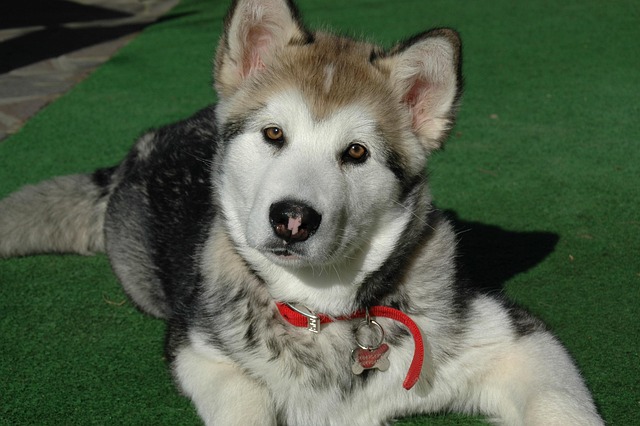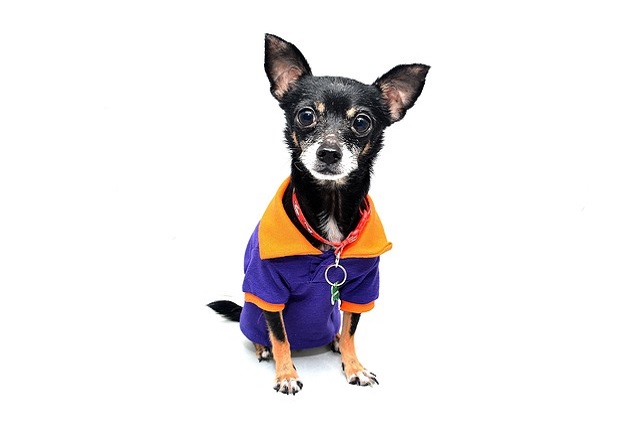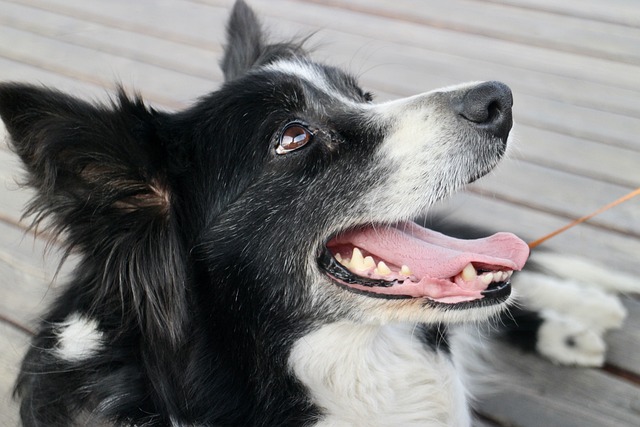
How to train a dog to stop barking at noises?
That sudden burst of barking when a car backfires or a neighbor shuts a door can jolt anyone—including your dog, who's probably just as startled as you are.
Bringing home a new puppy? The excitement’s real, but so are those tiny accidents. Toilet training takes patience, but with a gentle plan, you’ll turn chaos into calm. Let’s break it down into simple, stress-free steps.
Start with a rock-solid schedule. Puppies need to go out right after waking, eating, playing, and before bed—their bladders are tiny! Pick one spot (grass, patio, or a pad for apartments) and stick to it. Routine builds trust faster than anything else.
Positive reinforcement is key. When they go in the right place, celebrate like it’s the biggest deal—happy words, tiny treats, lots of love. Puppies thrive on your praise and will want to repeat the behavior. Skip scolding accidents; it only scares them and breaks trust.
Learn their potty signals. Sniffing, circling, or stopping mid-play? That’s your cue! Scoop them up calmly and rush to their spot. Even if they start indoors, gently redirect (“Let’s go outside!”) without yelling—they’ll connect the dots over time.
 Crate training works wonders if done right. Make the crate a cozy den, not a punishment. Size it so they can stand and turn (no extra space to pee in corners). Let them out every 1–2 hours, and always praise when they go outside afterward.
Crate training works wonders if done right. Make the crate a cozy den, not a punishment. Size it so they can stand and turn (no extra space to pee in corners). Let them out every 1–2 hours, and always praise when they go outside afterward.
Mealtime timing matters. Feed at set times daily and remove water 1–2 hours before bed. Wait 10–15 minutes after eating/drinking to take them out—their bodies work on a clock, and this builds predictability.
Accidents happen—no big deal. Clean up quickly with an enzymatic cleaner to erase the scent (puppies repeat where they smell urine). If you catch them in the act, clap softly to redirect, then carry them out. Focus on celebrating wins, not dwelling on misses.
For apartments, use pee pads temporarily but aim to transition outdoors. Always follow local waste laws—clean up in public areas with biodegradable bags. It’s about being a good neighbor and teaching responsibility.
Expand freedom slowly. Start with supervised time in a small, puppy-proofed space. Only let them explore more when they’re accident-free for hours. Stay alert—they’ll sneak off to pee if they think you’re not watching!
Weather shouldn’t stop progress. Rain or cold? Stay calm, stand with them, and wait. No play until they finish, then reward big. They’ll learn “potty first, fun later” no matter the forecast.
Every puppy is different—some learn fast, others take time. Celebrate small wins and stay patient. This isn’t just about training; it’s about building trust. With consistency and kindness, those indoor accidents will become a distant memory.
You’re not just training a puppy—you’re building a bond. Keep it positive, stay consistent, and trust the process. Soon enough, your pup will know exactly where to go, and you’ll enjoy a cleaner, happier home together.

That sudden burst of barking when a car backfires or a neighbor shuts a door can jolt anyone—including your dog, who's probably just as startled as you are.

Teaching your dog basic commands isn’t just about showing off tricks at the park—it’s about building trust, keeping them safe, and making daily life smoother for both of you.

The moment you bring that wiggly ball of fur home,the clock starts ticking—but not in a rush.House training a puppy isn't about waiting for some magical age;it's about reading their signals and starting gently when they're ready to learn.

Bringing home a new dog—whether a wiggly puppy or a calm adult—fills your days with tail wags and slobbery kisses. But sooner or later, every owner wonders: When's the best time to start training?

Does apple cider vinegar kill worms in dogs? It’s a question that pops up often in dog owner circles, especially among newbies in the US who prefer natural remedies.

Puppies are bundles of energy, but when that energy turns into growling, nipping, or lunging, it can be worrying. Aggression in puppies often stems from fear, confusion, or a lack of proper socialization—rarely is it a sign of a "mean" dog.